
En vei til en lengre, sunnere – og mer spennende fremtid!
De 3 nivåene av lang levetid:
Lang levetid handler ikke bare om å legge til år – det handler om å sørge for at disse årene er fylt med vitalitet, helse og mening. Denne veiledningen deler opp en vei til et lengre og sunnere liv i tre forskjellige nivåer, hvert med viktige strategier og rutiner. Disse nivåene starter med grunnleggende vaner og går videre til avanserte terapier, og bidrar til å skape en omfattende tilnærming til lang levetid. For å gjøre det mer relaterbart, legger vi til Tomas' (grunnleggernes) personlige rutine og livsstilstips.
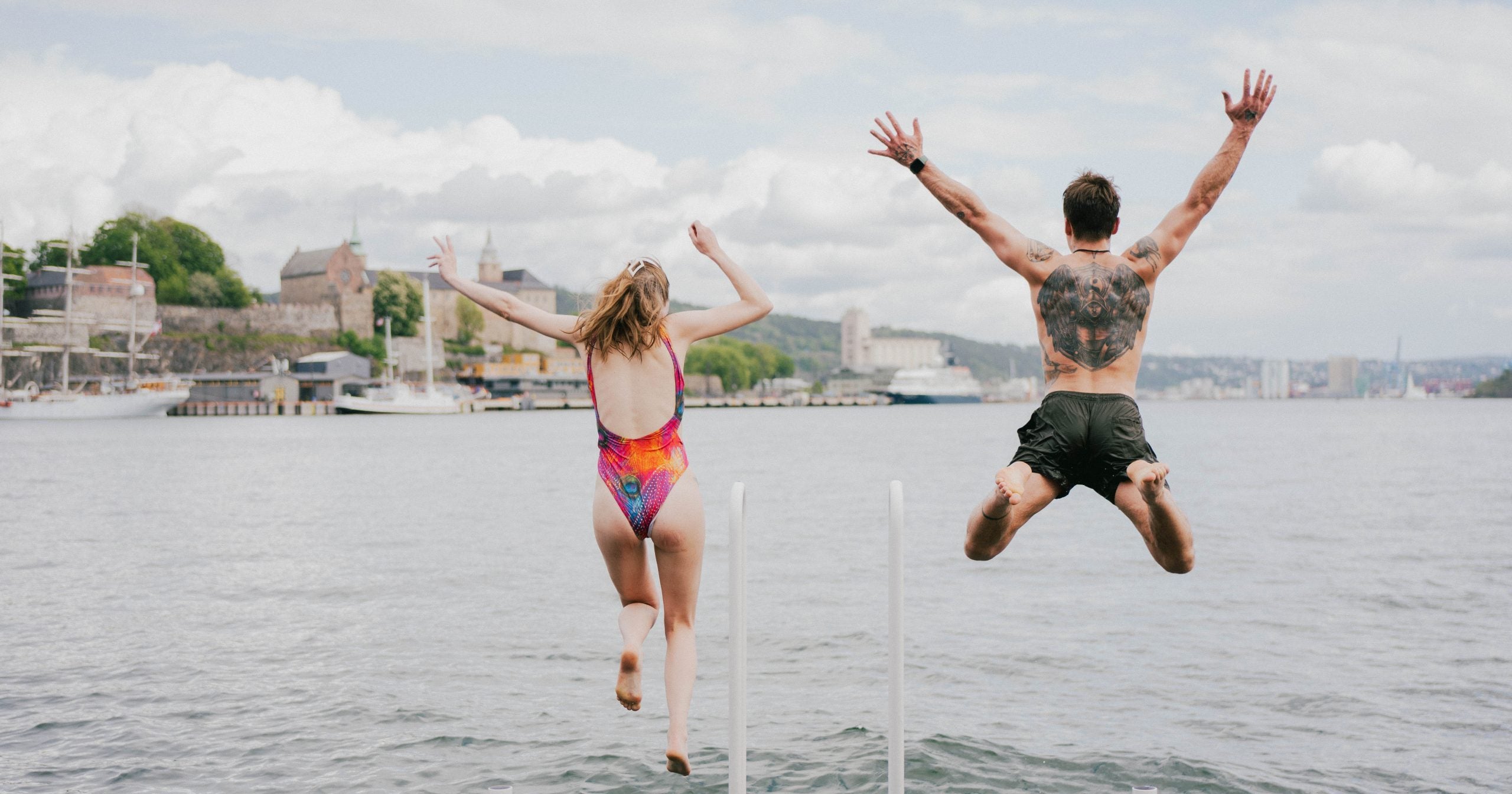
Nivå 1: Grunnlaget for lang levetid
Før du dykker inn i avanserte behandlinger, er det viktig å etablere et sterkt grunnlag. Disse kjernevanene – tilgjengelig for alle – er avgjørende for varig helse og lang levetid.
Kvalitetssøvn lar kroppen reparere seg selv, bearbeide minner og regulere stoffskifte og immunforsvar. Konsistensen av søvnrutiner er nøkkelen til å opprettholde en stabil døgnrytme, noe som påvirker den generelle helsen.
- Min personlige søvnrutine:
Unngå mat og vann de siste 3 timene før leggetid; bruk blålysblokkere 1 time før leggetid; reduser stimulerende aktiviteter en time før leggetid (jeg foretrekker å lese, men en tur, rolig yoga eller en podkast har samme effekt). Sikt mot en jevn søvnplan (min er 21:30 til 07:30) der du får minst 7 timer med kvalitetssøvn (jeg sporer søvnen min med en Qura-ring ). Tilskudd med 3 mg melatonin kan gi bedre søvnkvalitet og ytterligere antioksidantfordeler; Melatonin er billig og lett å finne i supermarkedet eller på apoteket i Norge. Et kaldt rom er også viktig for søvnkvaliteten, ettersom kroppen din trenger å kjøles ned for å kunne gå inn i en dyp hviletilstand; jeg bor i Norge, så det er ikke et stort problem, men hvis jeg bodde i et varmt land ville jeg kjøpt en kjølende madrass som EightSleep . Når jeg våkner, hopper jeg rett i dusjen og bruker en sterk Lumie-lampe for å signalisere at det er på tide å våkne, så tar jeg på meg den røde lysmasken og hatten og gjør én runde med Wim Hof-pust for å oksygenere og vekke kroppen min, etterfulgt av 30 armhevinger.
Et næringsrikt, balansert middelhavskosthold danner byggesteinene for optimal kroppsfunksjon. Det er viktig å legge vekt på helmat rik på antioksidanter, vitaminer og sunt fett, samtidig som man unngår bearbeidet mat.
- Mitt personlige kosthold:
Jeg fokuserer på matvarer med lavt FODMAP-innhold på grunn av magesensitivitet. Minimer bearbeidet mat og usunn mat, vektlegger frukt (blå bær, kiwi og granatepler), grønnsaker, bladgrønnsaker, og jeg unngår sukker for enhver pris . Foretrukne proteiner og fett inkluderer olivenolje, sardiner, tofu, mager kylling, bær og nøtter. Karbohydrater kommer fra quinoa, havre, rotgrønnsaker, med mål om å eliminere hvete og gluten (jeg spiser ikke brød). Grønnsaker: for det meste frosne blandede grønnsaker, ruccola, agurk, selleri og tomater (kokt for å øke lykopen). Jeg inkluderer også supermat som kakao, valnøtter, blandede urter, linfrø, gresskarkjerner, hampfrø, chia, psylliumfrøskall, grønn te (matcha) og filterkaffe. Til slutt kan faste være flott for å gi kroppen hvile og aktivere autofagi – cellulær resirkulering. Jeg vil anbefale et 16/8-vindu daglig, eller en 24-timers faste én gang i uken (jeg foretrekker å gjøre dette på en mandag). Jeg ville ikke anbefale intens faste i kombinasjon med intens stress og trening, da dette kan bli for mye for kroppen – litt stress er bra, men det er også mulig å overdrive og forårsake skade. Det er greit å trene mens man faster, men jeg anbefaler å gjøre dette på slutten av fastefasen slik at du kan spise etterpå.
Fysisk aktivitet er gunstig for kardiovaskulær helse, muskelstyrke og hormonregulering. Den kombinerer styrketrening, kardiovaskulær trening og fleksibilitetsrutiner for å støtte en smidig og sterk kropp med alderen.
- Min personlige treningsrutine:
Jeg prøver å begrense lange perioder med stillesittende trening; jeg trener hot yoga og høyintensiv intervalltrening (HIIT) to ganger i uken med BYO Oslo , tar badstue og fjordsvømmer 5 ganger i uken på Oslo Fjord Sauna , og tilbringer tid utendørs med kajakkpadling gjennom arbeidet mitt med Mad Goats , fotturer og fridykking (med Fjord CleanUP ). Jeg løfter vekter én gang i uken med en personlig trener på treningsstudioet. I sommermånedene prøver jeg å trene i Tjuvholmen utendørs treningspark og løpe én gang i uken med venner, noe som bidrar til å opprettholde styrke og fellesskap – som begge er nøkkelen til et langt liv! Hvis du har dårlig tid, kan jeg anbefale en fantastisk 10-minutters treningsøkt kalt «10 minutters kettlebell-trening av Amy».
Et støttende fellesskap fremmer følelsesmessig velvære, som er like viktig som fysisk helse for lang levetid. Å ha forbindelser med familie, venner og likesinnede gir en følelse av hensikt og tilhørighet.
-
Mitt fellesskap:
Aktivt engasjement med Fjord CleanUP gir et sterkt fellesskap av snille og omsorgsfulle individer, sammen med selskap av en lojal hund, en fantastisk kjæreste og nære familie-/venneforbindelser . Studier har vist at ensomhet kan være verre for helsen enn røyking, så det er veldig viktig å ha mennesker du kan stole på og dele livets oppturer og nedturer. Frivillig arbeid har også vist seg å være bra for en enkeltpersons lang levetid. Hvis du ser etter et helse- og morsomt fokusert fellesskap i Oslo, anbefaler jeg deg å bli med på våre ukentlige langtidsmøter, eller bli med i Fjord CleanUP .
Å leve med mening samkjører daglige handlinger med langsiktige mål, noe som gir motivasjon og oppfyllelse. Det er viktig å våkne opp hver dag med et meningsfullt oppdrag.
- Mitt personlige oppdrag :
Jeg er forpliktet til å påvirke verden positivt ved å bidra til miljøarbeid med Fjord CleanUP , fremme glede og friluftsliv med Mad Goats , og støtte optimalisering av menneskers helse gjennom Forge. For meg er det å ha et mål og en misjon det som holder meg på veien til selvforbedring og forhindrer stagnasjon. Å jobbe mot noe større enn deg selv, som gir livet mer mening . Fremtiden din bør alltid være større og lysere enn fortiden din, etter min mening!
Kvaliteten på luften du puster inn og vannet du drikker hjemme har en direkte innvirkning på helsen din og levetiden din. Å redusere eksponering for forurensende stoffer, giftstoffer og mikroplast bidrar til å beskytte cellene dine, redusere betennelse og støtte generell velvære.
Personlig bruker jeg en Dyson luftrenser hjemme for å sikre at jeg puster inn ren luft, noe som er spesielt viktig i bymiljøer som Oslo.
Jeg har også installert et Crystal Water-kranfilter som fjerner mikroplast og skadelige forbindelser fra springvannet mitt – noe som gir meg trygghet med hvert glass jeg drikker.
Andre gode vaner å vurdere:
- Unngå syntetiske luftfriskere og giftige rengjøringsprodukter.
- Hold vinduene åpne når det er mulig for å lufte ut og redusere forurensning innendørs.
- Bruk en avfukter for å forhindre muggdannelse.
- Legg til inneplanter – de renser luften og støtter den mentale helsen.
Ren luft og vann er ikke bare komfort – de er essensielle for et langt og sunt liv.
Disse fem elementene danner grunnfjellet for lang levetid. Uten dem vil ytterligere inngrep ha begrenset effekt. Den gode nyheten? Dette nivået er tilgjengelig for alle, fra og med i dag.
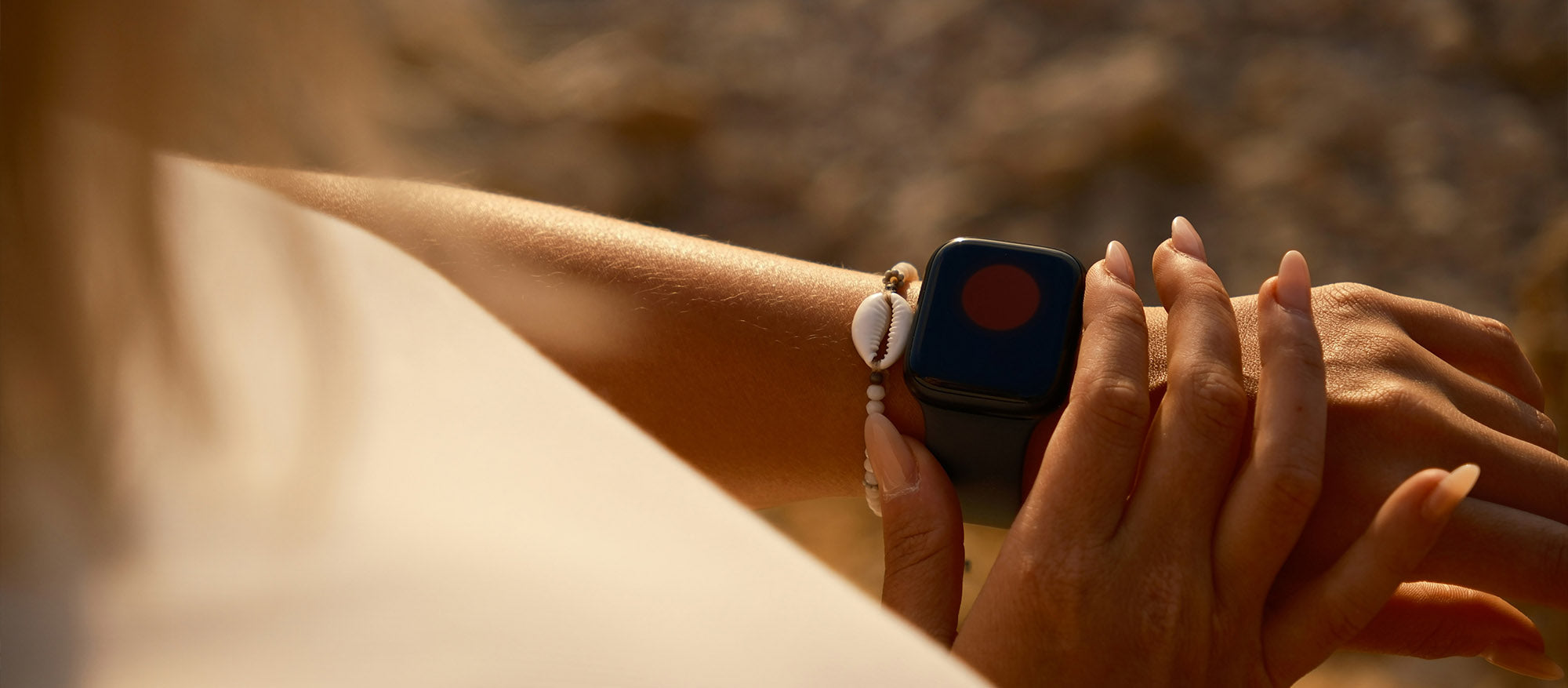
Nivå 2: Optimalisering gjennom moderne terapier
Når grunnleggende vaner er etablert, legger Tier 2 til målrettede intervensjoner for å optimalisere helsen. Mange av disse behandlingene kan tilpasses og krever profesjonell veiledning.
Et sunt kosthold gir et solid grunnlag, men kosttilskudd kan bidra til å fylle ernæringshull og støtte et langt liv. Det er stor forskjell på å klare seg og å være fullt optimalisert. Mennesker er i stand til å overleve med suboptimale nivåer av vitaminer og mineraler, men det er stor forskjell på å overleve og å trives.
- Personlige kosttilskudd :
NMN , kreatin, kollagen, TMG, glysin/NAC, omega-3 og taurin, alt med vitenskapelig støtte, pluss et basisk multivitaminpreparat som inneholder viktige næringsstoffer som magnesium, vitamin D, vitamin K2 og B-vitaminer. For tiden utvikler jeg tre langtidsvirkende blandinger med næringsstoffer for kroppsreparasjon, betennelsesreduksjon og aldringsstøtte. Ingen ønsker å ta 100 kosttilskudd om dagen, så jeg håper jeg har en måte å løse det på for meg selv og deg i nær fremtid.
- Reseptbelagte medisiner jeg tar: Metformin, statiner, finasterid og aspirin til babyer. Merk at jeg ikke anbefaler noen reseptbelagte medisiner, bare deler fritt det jeg bruker av forebyggende årsaker. Jeg har hørt at Viagra/Cialis har fordeler utover bare seksuell ytelse og bidrar til å forbedre blodstrømmen til hele kroppen (så jeg vurderer å legge dette til i reseptpakken min). Akarbose er også en interessant forbindelse som reduserer opptaket av sukker i magen – men det er ganske dyrt! Det forskere nå finner ut om disse medisinene, er at de har systemiske effekter som går utover de enkeltsymptomene de er foreskrevet for å behandle. Min tro er at disse forbindelsene snart vil bli overgått av mye mer effektive og kraftige tiltak, spesielt rettet mot de underliggende årsakene til aldring.
NASA-forskere utviklet rødlysterapi som en måte å forbedre sårtilheling og vevsregenerering for astronauter i verdensrommet, der fravær av tyngdekraft og andre miljøfaktorer kunne bremse helbredelsesprosessen. De oppdaget at spesifikke bølgelengder av rødt og nær-infrarødt lys kunne stimulere cellulær reparasjon og fremme raskere gjenoppretting av skadet vev. Siden den gang har rødlysterapi blitt mye brukt for ulike helsefordeler, som å redusere betennelse, forbedre hudhelsen og øke muskelgjenopprettingen.
- Personlig rutine :
Jeg bruker rødlysmaske og hatt i minst 10 minutter hver morgen og prøver å få én helkroppsbehandling med rødlys per dag. Det dukker opp mye overbevisende forskning om helsefordelene ved rødlysbehandling. Jeg oppfordrer deg til å gjøre litt egen research. En annen terapi jeg er interessert i er HBOT, hyperbarisk oksygenbehandling. Det har vært noe overbevisende forskning knyttet til levetid, spesielt denne studien fra Israel . Det er viktig å merke seg at fordelene har blitt sett hos de som bruker 2-ATA hyperbariske kamre – ikke forbrukerkvalitet (1,5 ATA). Nylig så jeg at et selskap i Oslo har begynt å tilby HBOT-behandlinger. Du kan sjekke dem ut her: Element HBOT Oslo.
Ikke-invasive alternativer som laserterapi og PRP (platelet-rich plasma) forbedrer kroppens naturlige helbredelse, fremmer hud-/hårforyngelse, vevsreparasjon og skadebehandling. Mitt personlige syn er at hårvekstteknologien nå har avansert til det punktet hvor det å beholde håret nå er et valg.
- Min personlige rutine:
Hudpleierutinen min inkluderer CeraVe ansiktsvask , The Ordinary retinol- og kobberpeptidserum, og CeraVe fuktighetskrem . Jeg har fått laserbehandling, peptidinjeksjoner og PRP hos Elite Helse . Jeg bruker også NAC-øyedråper for øyehelse og bruker rødlysbadet, rødlyshetten og masken nesten hver dag. Badstue er også en ekstremt viktig del av hud- og hårrutinen min, da den bidrar til å øke veksthormonet, forbedre sirkulasjonen og fjerne skadelige giftstoffer fra svette. Til slutt er det veldig viktig å bruke solkrem for å forhindre solskader på huden. Jeg foretrekker mineralsolkrem, men jeg påstår ikke at alle kjemiske solkremer er skadelige for helsen. Jeg er veldig interessert i selskapet Oneskin , men irriterende nok sender de ikke til Norge ennå. Husk også å supplere daglig med hydrolyserte kollagenpeptider, astaxanthin og lavmolekylær hyaluronsyre (LMW HA). For hår vil jeg anbefale NeoFollics for kosttilskudd/serum mot grått hår og Nordic Biolabs for hårvekstløsninger.
Regelmessige skanninger og blodprøver sporer indre helse, og hjelper til med å oppdage og løse problemer tidlig. I Forge ser vi for oss en fremtid hvor vi blir kalt inn i god tid før vi blir syke, slik at vi kan forebygge sykdom før den har en sjanse til å dannes.
- Personlig praksis :
Blodprøver hos Volvat lastes opp til InsideTracker og Chat GPT for analyse; Jeg anbefaler også Prenuvo i USA for full-body MR. Ytterligere helsesporing inkluderer en Oura-ring for søvn og HRV, årlige hudkontroller hos Doctor Drop-In , koloskopi og prostatakontroller hos Volvat, og en full genomsekvens med Nebula Genomics.
Peptider bidrar til å regulere biologiske funksjoner som veksthormonproduksjon og muskelreparasjon, mens eksosomer og PRP forbedrer cellulær kommunikasjon og vevsregenerering.
- Personlig plan :
Bestilte nylig BPC-157 på grunn av dens lovende effekter på kroppsreparasjon og en sterk sikkerhetsprofil. Jeg er også interessert i eksosomer som kan fungere som signalfaktorer mellom celler, forbedre kommunikasjon, redusere betennelse og stimulere regenerering. Flere oppdateringer kommer etter hvert som jeg utforsker effektene. PRP står for «Platelet Rich Plasma», som innebærer at blodet ditt tas, sentrifugeres og deretter injiseres det separerte plasmaet lokalt. Dette har vist lovende resultater for hudpleie og reduksjon av betennelse. Du kan få dette hos Elite Helse eller Regenerative på Majorstua.
Dette nivået representerer fremtiden for lang levetid, og gir et glimt inn i en verden der aldersrelatert nedgang kan bremses, stoppes eller til og med reverseres.
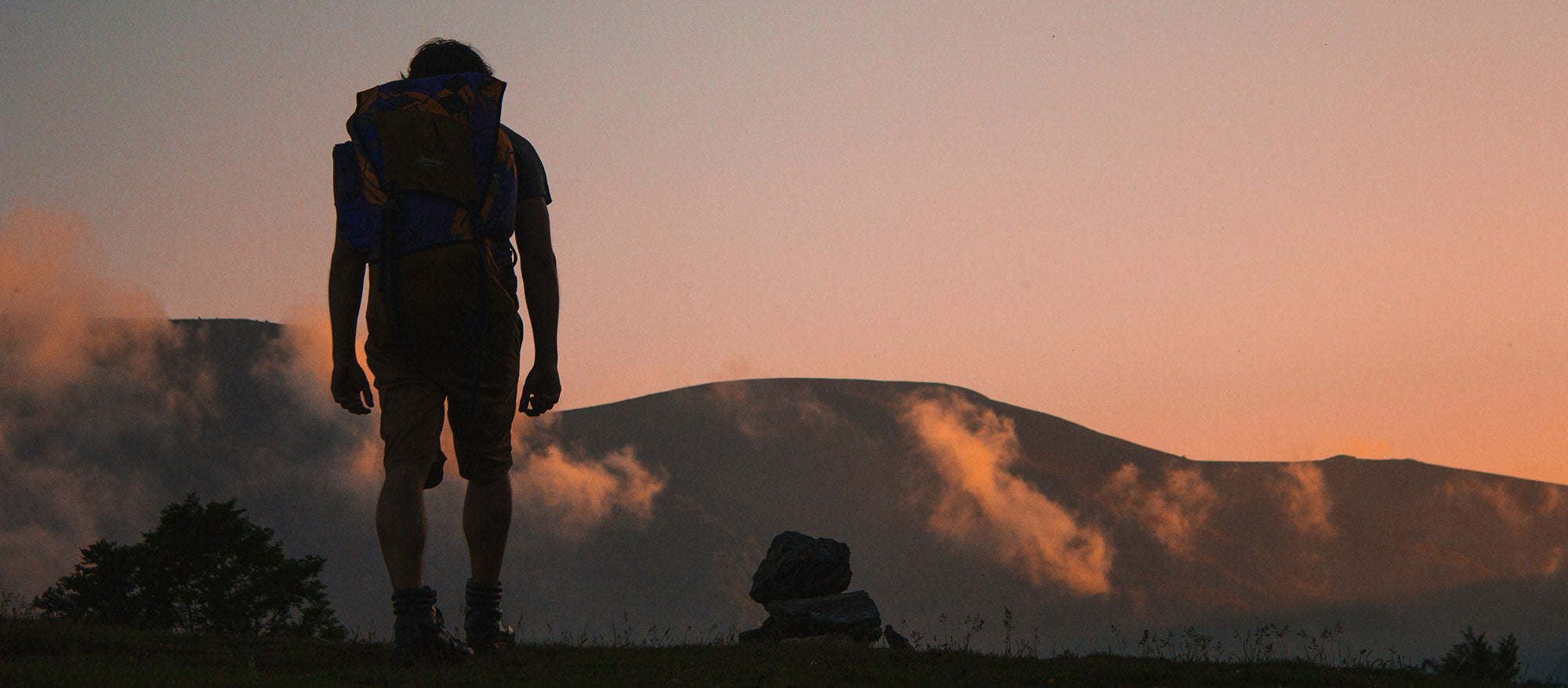
Nivå 3: The Frontier of Longevity Science
For de som ønsker å flytte grensene for menneskelig levetid, dekker Tier 3 avanserte og eksperimentelle terapier som retter seg mot aldring på cellenivå.
Stamcellebehandling tilbyr potensial for å regenerere skadet vev og reversere noen aldringseffekter ved å erstatte døende celler med friske, sunne. Disse cellene kan være avledet fra pasienten (autolog) eller fra en donor (allogen).
- Personlig plan :
Planlegger å spare til en behandling hos Cellcolabs i løpet av det kommende året.
Plasmautskiftningsterapi innebærer å erstatte gammelt plasma med friskt plasma for å redusere skadelige proteiner og forynge kroppssystemer (også kjent som plasmaferese ).
- Personlig alternativ :
Selv om jeg ikke har brukt plasmaerstatningsterapi, gir jeg regelmessig blod på Blodbanken i Oslo , noe som kan gi lignende fordeler, ettersom det kvitter seg med mye smuss i blodet som ellers bidrar til betennelse.
Genredigering (f.eks. CRISPR) gir muligheten til å modifisere DNA, noe som reduserer risikoen for aldersrelatert sykdom ved å aktivere beskyttende gener eller deaktivere skadelige.
-
Personlig interesse :
Minicircle er ivrig etter å utforske denne terapien i fremtiden. Dette selskapet tilbyr to genterapier: Follistatin-genterapi (FST-344) og Klotho-genterapi.
Denne teknologien tar sikte på å tilbakestille celler til en ungdommelig tilstand, potensielt reversere aldring på cellenivå ved å introdusere proteiner for å «omprogrammere» celleatferd.
- Personlig syn :
Cellulær omprogrammering er fortsatt i laboratoriet, men viser lovende resultater; jeg er ivrig etter å følge utviklingen på dette området. For tiden gjenoppretter de synet hos aper med denne teknologien, så jeg er fortsatt positiv.
Ved å bruke bioteknologi og 3D-printing er vi nærme på å lage erstatningsorganer fra pasientens celler, noe som forlenger helse og levetid.
- Personlig syn :
Har tenkt å vurdere organerstatningsteknologi etter hvert som den blir mer tilgjengelig i løpet av de neste 20-30 årene.
Hvert nivå av lang levetid gir unik verdi, og å bygge på disse grunnlagene gir en omfattende tilnærming til helse og lang levetid. Etter hvert som fremskritt innen vitenskap fortsetter, finnes det utallige måter å øke helsen og leve et lengre og fyldigere liv.
Lang levetid helter å følge
For de som er inspirert av vitenskap om lang levetid, er disse tankelederne banebrytende på området
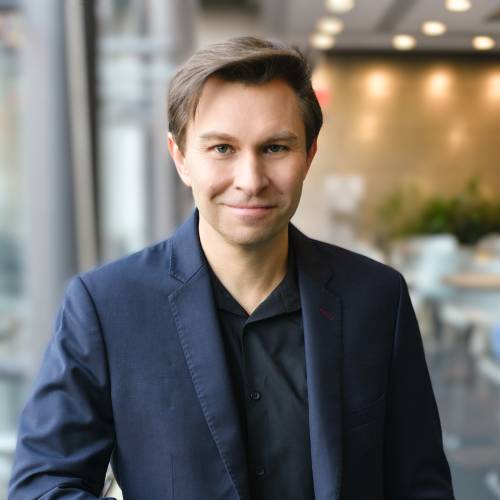
David Sinclair
Fokuserer på aldringsmekanismer og intervensjoner.
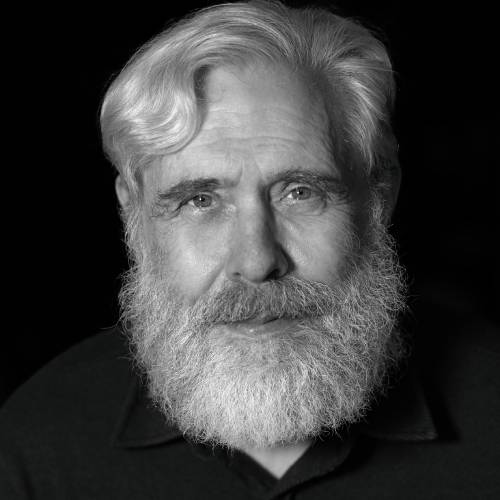
George kirke
Leder forskning på genredigering med CRISPR.
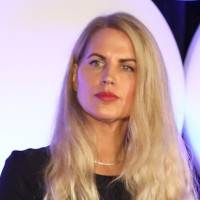
Liz Parrish
Forkjemper for genterapi mot aldring.
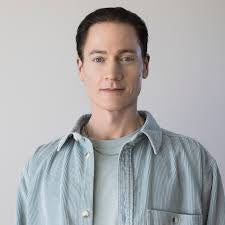
Bryan Johnson
Investerer i datadrevne programmer for lang levetid.

Aubrey de Gray
Fremmer radikal levetid gjennom reparasjon av aldringsskader.

Hvor skjer det hele?
I jakten på lang levetid skjer det spennende utviklinger på uventede steder. Et slikt hotspot er Próspera , et fremtidsrettet innovasjonssenter som ligger i Honduras. Próspera tiltrekker seg banebrytende selskaper som MiniCircle og CellColabs , som jobber utrettelig for å gjøre banebrytende terapier – som genterapi, stamcellebehandlinger og cellulær omprogrammering – tilgjengelig for publikum til betydelig reduserte kostnader. Disse selskapene bryter ny mark ved å tilby avanserte behandlinger som en gang var uoverkommelig dyre, slik at flere mennesker kan dra nytte av det siste innen vitenskap om lang levetid. Próspera posisjonerer seg som et globalt senter for biomedisinsk forskning og innovasjon, akselererer leveringen av livsendrende terapier og bidrar til å gjøre drømmen om utvidede, sunnere liv til virkelighet for alle.

Avslutningsvis
Reisen til lang levetid involverer daglige vaner, optimaliserte behandlinger og avanserte terapier. Med en forpliktelse til disse tre nivåene er det mulig å forlenge helsespennet, berike livskvaliteten og omfavne det ekstraordinære potensialet til menneskers helse og lang levetid Med fremveksten av eksponentielle teknologiske fremskritt er det vanskelig å si hvordan verden vil se ut om 10 år, men alt jeg vet er at jeg ønsker å holde meg i form og sunn, så jeg kan ikke bare være en del av å skape en bedre fremtid, men også dra nytte av det den tilbyr. Mitt siste råd er å se nærmere på Longevity Escape Velocity (LEV) og hva det innebærer – jeg håper å se deg der når vi når det!
Om de 3 lagene med lang levetid
Rammeverket 3 Tiers of Longevity tilbyr en strukturert, vitenskapelig støttet tilnærming for å oppnå et lengre, sunnere liv. Dette konseptet bryter ned lang levetid i tre progressive nivåer, hver utformet for å bygge videre på det siste. Her er det som gjør den unik:
- Et balansert rammeverk :
Lagene begynner med viktige vaner i nivå 1, og gir et sterkt grunnlag som alle kan ta i bruk. Ved å starte med tilgjengelige, evidensbaserte grunnleggende ting som søvn, kosthold og trening, sikrer rammeverket at disse kjernepraksisene er på plass før de går videre til mer målrettede terapier. - Forankret i vitenskap :
Hvert nivå vektlegger intervensjoner støttet av vitenskapelig forskning, fra valg av kosttilskudd til rødt lysterapi og avansert diagnostikk. Dette gir rammeverket troverdighet, slik at folk trygt kan følge strategier som er bevist for å fremme helse og lang levetid. - Fremtidsklar :
Tier 3 introduserer banebrytende, eksperimentelle terapier som har potensialet til å transformere helse i de kommende tiårene. Ved å inkludere regenerative og genetiske terapier, så vel som fremskritt som cellulær omprogrammering og organerstatning, gir dette nivået et glimt inn i fremtiden for vitenskap om lang levetid. - Fokus på fellesskap og formål :
De 3 nivåene av lang levetid går utover fysisk helse for å inkludere følelsesmessig og sosialt velvære. Fellesskap og formål, nøkkelelementer i nivå 1, anerkjenner virkningen av sosiale forbindelser og en følelse av oppdrag på generell vitalitet og livstilfredshet.
Dette rammeverket bygger en bro mellom konvensjonell helsevisdom med de siste fremskrittene innen langlivsvitenskap, og skaper en vei som støtter mennesker på alle stadier av deres velværereise.
